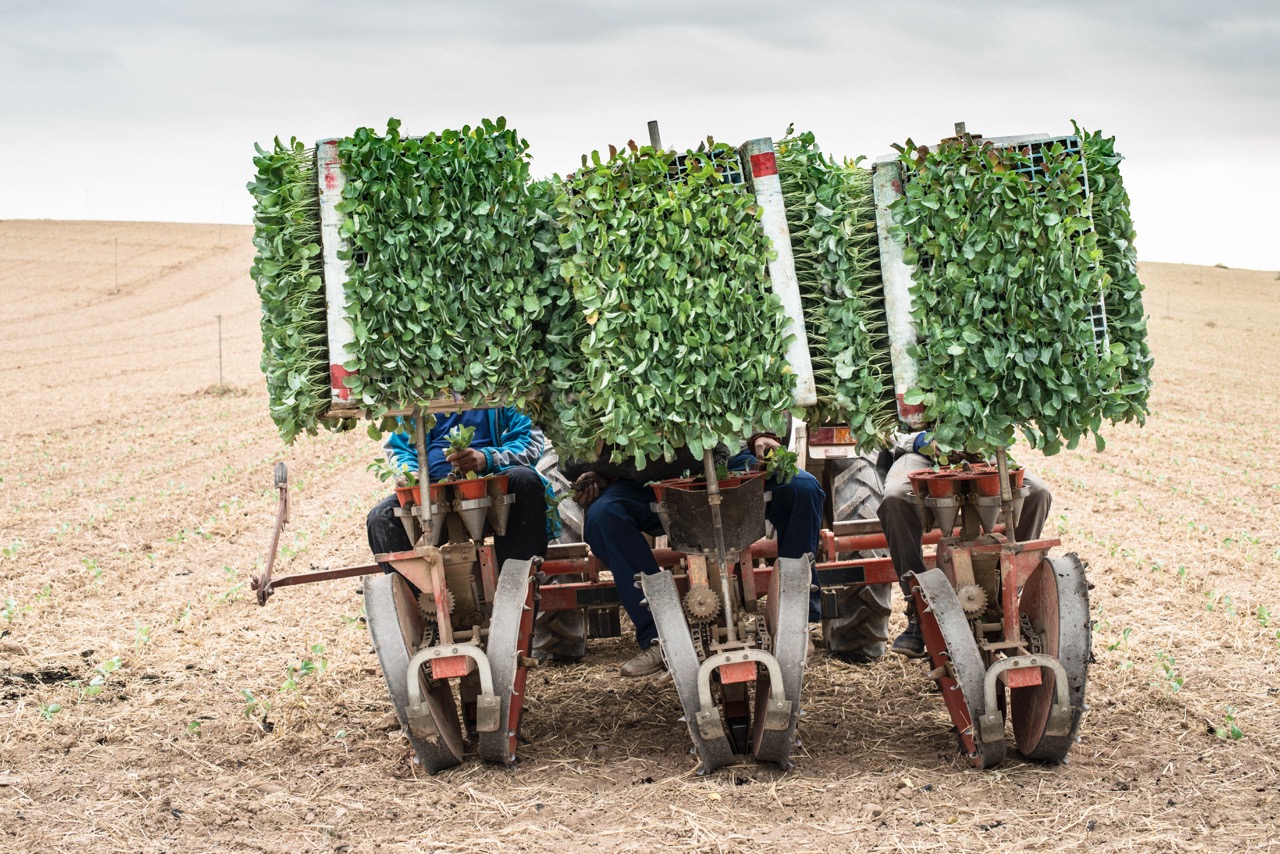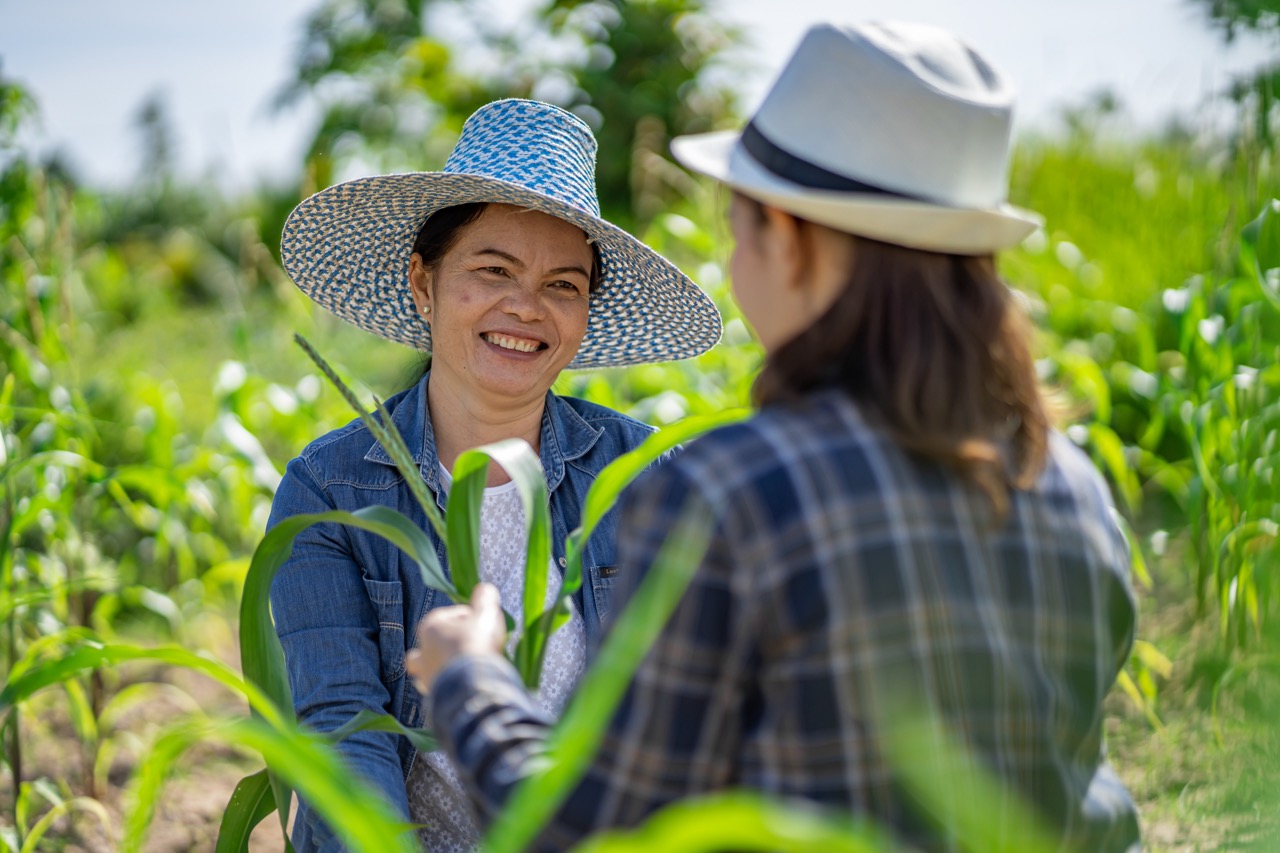Sharecropping has long been a prominent agricultural practice, particularly in the Southern United States, where it emerged as a response to the socio-economic changes following the Civil War. This system, which allows landowners to lease land to tenants in exchange for a share of the crops produced, has evolved over the decades but still presents a complex web of legal considerations for landowners. Understanding the legalities surrounding sharecropping is crucial for landowners to protect their interests and ensure a mutually beneficial arrangement with sharecroppers. This article will delve into the historical context of sharecropping, key legal agreements involved, the rights and responsibilities of both parties, and the legal recourse available to landowners in case of disputes.
Understanding Sharecropping: A Historical Perspective
Sharecropping originated in the United States during the Reconstruction era, primarily as a means for newly freed African American families to earn a living. Faced with limited resources, these individuals entered into agreements with landowners to cultivate plots of land. The landowners, who often lost laborers due to the abolition of slavery, found sharecropping an economically viable way to maintain agricultural production. While sharecropping allowed for a degree of independence, it often resulted in economic exploitation and cycles of debt that trapped many families in poverty.
As sharecropping spread across the South, it became synonymous with the challenges of the Jim Crow era, where racial discrimination compounded the difficulties faced by African American sharecroppers. Landowners typically controlled the pricing of crops and the terms of the agreements, often leading to inequitable situations. These historical injustices have left a lasting impact on agricultural practices and land ownership in the region, underscoring the importance of understanding the legal framework that governs sharecropping today.
In modern times, sharecropping has seen a resurgence as some landowners look for flexible farming solutions without the long-term commitment of leasing land outright. However, the historical context remains relevant, as landowners must navigate the complexities of agricultural law, tenant rights, and socio-economic factors that can influence sharecropping agreements. This historical perspective serves as a foundation for understanding the contemporary legal landscape of sharecropping.
Key Legal Agreements in Sharecropping Arrangements
At the heart of any sharecropping arrangement is the legal agreement that outlines the terms and conditions of the partnership between the landowner and the sharecropper. This agreement typically includes details about the amount of land leased, the share of the crop designated for the landowner, and the responsibilities of each party concerning planting, maintenance, and harvesting. Clear documentation is essential to avoid misunderstandings and to protect the interests of both parties.
Landowners should ensure that the agreement addresses various contingencies, such as crop failures, natural disasters, and disputes over the quality or quantity of produce. Specific clauses can also include provisions for the payment of utilities, equipment usage, and input costs associated with cultivation. It is advisable for landowners to seek legal counsel when drafting these agreements to ensure compliance with state laws and to create a fair and balanced contract that protects their rights.
Additionally, landowners need to consider local regulations and agricultural policies that may affect sharecropping agreements. For example, laws regarding land use, environmental regulations, and zoning can impact what crops can be grown and how they are managed. Understanding and incorporating these legal considerations into the sharecropping agreement is vital for landowners to mitigate potential legal issues and foster a productive working relationship with sharecroppers.
Rights and Responsibilities of Sharecroppers and Landowners
In a sharecropping arrangement, both parties have rights and responsibilities that are crucial for a successful partnership. Sharecroppers generally have the right to access the land, utilize the necessary resources to cultivate crops, and receive their agreed-upon share of the harvest. They are also responsible for maintaining the land, adhering to the terms of the contract, and managing the agricultural practices outlined in their agreement. Failure to fulfill these responsibilities can lead to disputes or termination of the agreement.
Landowners, on the other hand, have the right to receive their designated share of the crop and to enforce the terms of the contract. They are responsible for providing the land in a condition suitable for farming and for maintaining any infrastructure necessary for cultivation, such as irrigation systems or storage facilities. Landowners must also ensure that their agreements comply with local and state laws, which may include providing certain protections for sharecroppers, particularly in cases related to eviction or crop disputes.
It is essential for both parties to communicate openly about their expectations and any challenges that may arise during the growing season. Regular check-ins can help foster a collaborative relationship and prevent misunderstandings. By understanding and respecting each other’s rights and responsibilities, landowners and sharecroppers can create a more productive and equitable agricultural environment.
Navigating Disputes: Legal Recourse for Landowners
Despite the best intentions, disputes can arise in sharecropping arrangements, highlighting the need for landowners to be prepared for potential conflicts. Common issues may include disagreements over crop quality, the division of profits, or violations of contract terms. When disputes occur, landowners should first attempt to resolve the issue through direct communication with the sharecropper. Open dialogue can often lead to an amicable solution without resorting to legal action.
If informal negotiations fail, landowners have several legal options to pursue. They may seek mediation or arbitration, which can provide a structured environment for resolving disputes without the time and expense of litigation. These alternative dispute resolution methods can be beneficial in maintaining a working relationship with the sharecropper while still achieving a fair resolution.
Should legal action become necessary, landowners must gather documentation to support their claims, including the original sharecropping agreement, records of communications, and any evidence of non-compliance or damage. Consulting with an attorney who specializes in agricultural law is crucial for navigating the legal system effectively. Understanding the legal processes and protections available can help landowners safeguard their interests and ensure that their sharecropping agreements are upheld.
In conclusion, sharecropping remains a viable agricultural practice that offers both opportunities and challenges for landowners. Understanding the historical context, legal agreements, rights, responsibilities, and potential disputes is essential for landowners to protect their investments and foster productive relationships with sharecroppers. With the right knowledge and legal guidance, landowners can navigate the complexities of sharecropping, ensuring that their arrangements are equitable, compliant, and beneficial for both parties involved. As the agricultural landscape continues to evolve, staying informed about these legalities will be key to successful land management in the sharecropping system.









